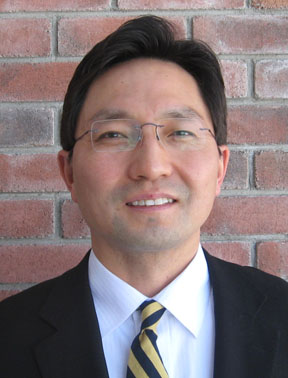The Supreme Court of Canada today denied a leave to appeal application in a case involving a bizarre scenario in which confused jurors returned to court the day after delivering a verdict in a slip-and fall-lawsuit.
Maher v. The Great Atlantic & Pacific Co. of Canada involved plaintiff Bonita Maher, who slipped and fell at a Thunder Bay, Ont., A&P grocery store shortly after its floor had been cleaned. She sued A&P and a pair of cleaning companies in a case that was tried by a jury at the Ontario Superior Court, which found no negligence by either the defendants or plaintiff.
All seemed to be going as usual in terms of court procedure until the morning after the jury rendered its verdicts. That’s when all six jurors were found by court staff waiting at the jury room door. One juror said they were there to “count or calculate the money,” according to a July 2010 decision of the Ontario Court of Appeal. Others said they were there to get letters to show their employers, or because they were told to return. The jurors were said to have “looked stunned” when told they had rendered a no liability verdict, and Maher would not receive any compensation.
 Maher’s lawyer, Edward Kim, learned of the incident and moved for an inquiry, but that bid was rejected. The Ontario Court of Appeal found there was no basis to order a new trial, saying the verdict sheet was clear and there “could be no issue of miscommunication.”
Maher’s lawyer, Edward Kim, learned of the incident and moved for an inquiry, but that bid was rejected. The Ontario Court of Appeal found there was no basis to order a new trial, saying the verdict sheet was clear and there “could be no issue of miscommunication.”
The Supreme Court of Canada did not release its reasons for declining to hear the appeal, as is customary.
Meanwhile, a distraught Kim tells Legal Feeds this morning that he is disappointed the matter, which he believes is of national importance, will not receive further consideration by the courts.
“It’s the integrity of the jury system,” he says. “When you’ve got jurors that don’t understand what their duty is to render a final verdict, if they don’t understand that, and the judges don’t appreciate that there might be some confusion about the jurors’ duties and their understanding of it, there must be some avenue by which the system can address that.”
Kim posits that confusion arising in civil jury trials often relates to a disconnect between language used by lawyers and judges, and the jurors, who lack a common understanding of what their words mean.
“It doesn’t translate to the layperson,” he says. “We talk about liability, we talk about damages, we talk about an assessment of damages that they have to conduct. They don’t understand necessarily that liability is linked to the payment of damages to the plaintiff.”
Maher v. The Great Atlantic & Pacific Co. of Canada involved plaintiff Bonita Maher, who slipped and fell at a Thunder Bay, Ont., A&P grocery store shortly after its floor had been cleaned. She sued A&P and a pair of cleaning companies in a case that was tried by a jury at the Ontario Superior Court, which found no negligence by either the defendants or plaintiff.
All seemed to be going as usual in terms of court procedure until the morning after the jury rendered its verdicts. That’s when all six jurors were found by court staff waiting at the jury room door. One juror said they were there to “count or calculate the money,” according to a July 2010 decision of the Ontario Court of Appeal. Others said they were there to get letters to show their employers, or because they were told to return. The jurors were said to have “looked stunned” when told they had rendered a no liability verdict, and Maher would not receive any compensation.
 Maher’s lawyer, Edward Kim, learned of the incident and moved for an inquiry, but that bid was rejected. The Ontario Court of Appeal found there was no basis to order a new trial, saying the verdict sheet was clear and there “could be no issue of miscommunication.”
Maher’s lawyer, Edward Kim, learned of the incident and moved for an inquiry, but that bid was rejected. The Ontario Court of Appeal found there was no basis to order a new trial, saying the verdict sheet was clear and there “could be no issue of miscommunication.”The Supreme Court of Canada did not release its reasons for declining to hear the appeal, as is customary.
Meanwhile, a distraught Kim tells Legal Feeds this morning that he is disappointed the matter, which he believes is of national importance, will not receive further consideration by the courts.
“It’s the integrity of the jury system,” he says. “When you’ve got jurors that don’t understand what their duty is to render a final verdict, if they don’t understand that, and the judges don’t appreciate that there might be some confusion about the jurors’ duties and their understanding of it, there must be some avenue by which the system can address that.”
Kim posits that confusion arising in civil jury trials often relates to a disconnect between language used by lawyers and judges, and the jurors, who lack a common understanding of what their words mean.
“It doesn’t translate to the layperson,” he says. “We talk about liability, we talk about damages, we talk about an assessment of damages that they have to conduct. They don’t understand necessarily that liability is linked to the payment of damages to the plaintiff.”







